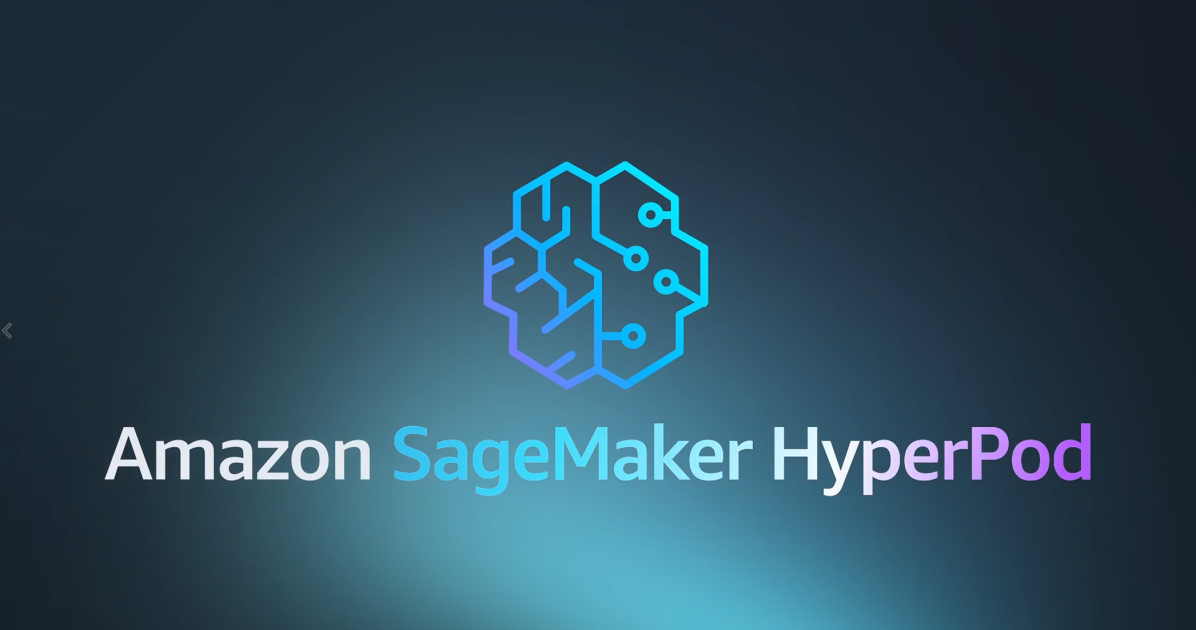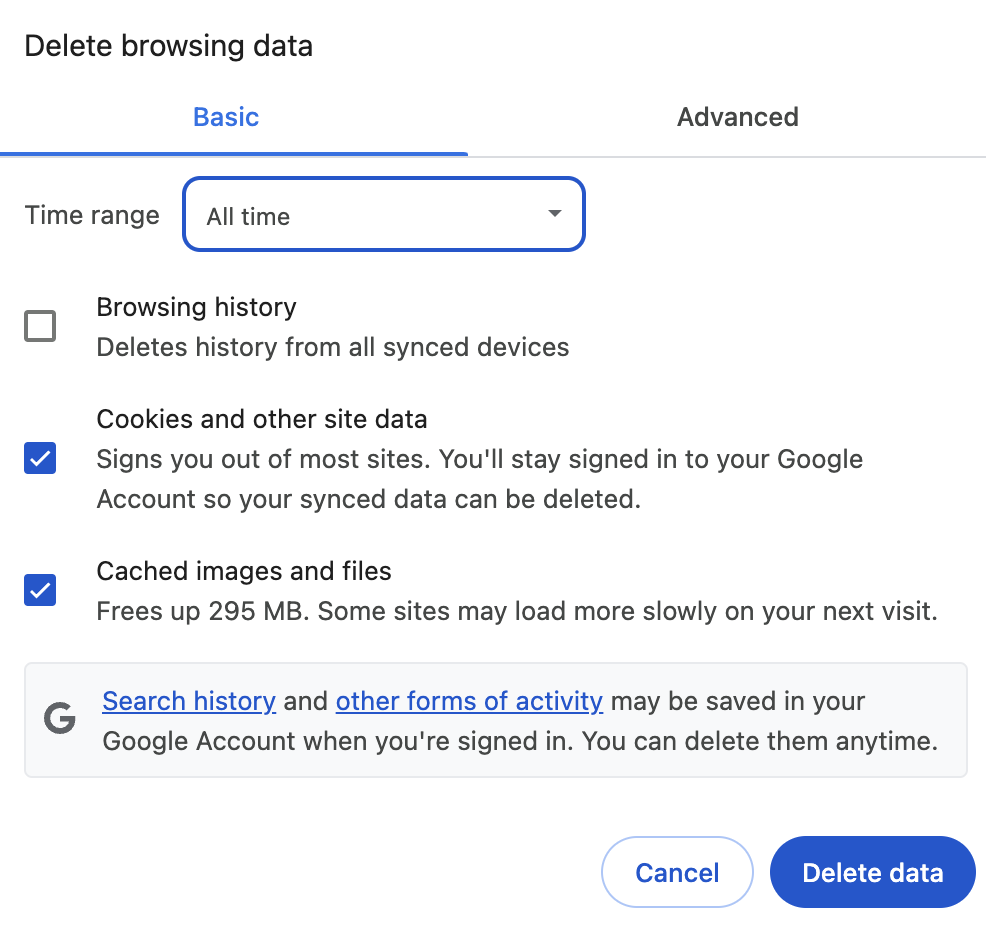
Understanding the danger of bootkits
It’s important to secure your systems from boot-level threats. Bootkits target the boot process, the foundation of an operating system. By compromising the bootloader and other early-stage system components, a bootkit can gain kernel-level control before the operating system and its security measures load. Malware can then operate with the highest privileges, bypassing traditional security software.
This technique falls under the Persistence and Defense Evasion tactics in the MITRE ATT&CK framework. Bootkits are difficult to detect and remove due to their low-level operation. They hide by intercepting system calls and manipulating data, persisting across reboots, stealing data, installing malware, and disabling security features.
Bootkits and rootkits pose a persistent, embedded threat, and have been observed as part of current threat actor trends from Google Threat Intelligence Group, the European Union Agency for Cybersecurity (ENISA), and the U.S. Cybersecurity and Infrastructure Security Agency (CISA). Google Cloud always works on improving the security of our solutions by strengthening our products and providing tools you can use yourself. In this article, we would like to demonstrate a new, easier way of setting up Secure Boot for your GPU-accelerated machines.
Limitations of Secure Boot with GPUs
Shielded VMs employ a TPM 2.0-compliant virtual Trusted Platform Module (vTPM) as their root of trust, protected by Google Cloud’s virtualization and isolation powered by Titan chips. While Secure Boot enforces signed software execution, Measured Boot logs boot component measurements to the vTPM for remote attestation and integrity verification.
Limitations start when you want to use a kernel module that is not part of the official distribution of your operating system. That is especially problematic for AI workloads, which rely on GPUs whose drivers are usually not part of official distributions. If you want to manually install GPU drivers on a system with Secure Boot, the system will refuse to use them because they won’t be properly signed.
How to use Secure Boot on GPU-accelerated machines
There are two ways you can tell Google Cloud to trust your signature when it confirms the GPU driver validity with Secure Boot: with an automated script, or manually.
The script that can help you prepare a Secure Boot compatible image is open-source and is available in our GitHub repository. Here’s how you can use it:
Source Credit: https://cloud.google.com/blog/products/identity-security/how-to-enable-secure-boot-for-your-ai-workloads/



